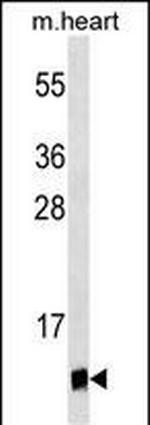Search Thermo Fisher Scientific
Product Details
MA5-24719
Species Reactivity
Host/Isotype
Class
Type
Clone
Immunogen
Conjugate
Form
Concentration
Purification
Storage buffer
Contains
Storage conditions
Shipping conditions
RRID
Target Information
This gene encodes a member of a group of proteins similar to ubiquitin. The encoded protein is not thought to degrade proteins like ubiquitin but to affect their function through being bound to target proteins by an isopeptide bond. The gene product has been studied as a link to predisposition to obesity based on its expression in Psammomys obesus, the fat sand rat, which is an animal model for obesity studies. Variation in this gene was found to be significantly associated with some metabolic traits (PMID: 15331561) but not associated with childhood obesity (PMID: 19189687). Pseudogenes of this gene are located on chromosomes 3, 5 and 17. Multiple alternatively spliced variants, encoding the same protein, have been identified. [provided by RefSeq, Jan 2013].
For Research Use Only. Not for use in diagnostic procedures. Not for resale without express authorization.
References (0)
Bioinformatics
Protein Aliases: beacon; testicular tissue protein Li 217; ubiquitin-like 5; Ubiquitin-like protein 5
Gene Aliases: 1110030M22Rik; beacon; HUB1; UBL5
UniProt ID: (Human) Q9BZL1, (Mouse) Q9EPV8
Entrez Gene ID: (Human) 59286, (Mouse) 66177

Performance Guarantee
If an Invitrogen™ antibody doesn't perform as described on our website or datasheet,we'll replace the product at no cost to you, or provide you with a credit for a future purchase.*
Learn more
We're here to help
Get expert recommendations for common problems or connect directly with an on staff expert for technical assistance related to applications, equipment and general product use.
Contact tech support

